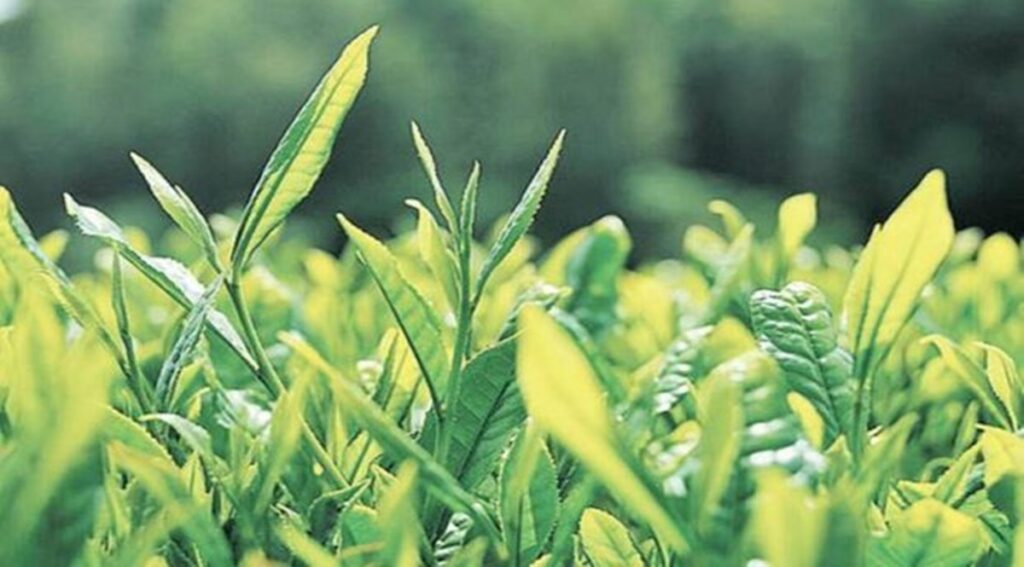The business of tea is undergoing a major change, with retail and online sales getting traction as packaging and branding become an integral part of it. People have started preferring packaged tea over loose tea post Covid, with a notion that packaged tea is a safer drink. This is enabling packaged tea to increase its market share, with it estimated to have reached around Rs 23,000-24,000 crore, capturing more than half of the Indian tea market, with around 1 billion kg tea consumption overall, according to market observers.
India produces around 1. 3 billion kg and so far, bulk tea sales have been dominating the market. The bulk tea business is witnessing a falling trend this year, with around 38-39% of Assam tea of CTC and dust categories remaining unsold in the Kolkata, Siliguri, and Guwahati auction centres between April 1 and June 5 this year.
Although this is alarming, tea remaining in the pipeline is nothing new. Last year the quantum of unsold tea leaf was 28% and unsold tea increased 11%-12% in CTC and dust categories between April 1and June 5 this year, according to a Tea Board official. But Bidyananda Barkakoty, adviser, North Eastern Tea Association ( NETA), said this might have caused a demand- supply mismatch.
North India auction centres of Assam bought-leaf factories have so far got an average price of Rs 165. 51 a kg during the current year for the CTC and dust categories, from the average total areas of tea grown. It was `188.
50 a kg during the corresponding period ( April 1 to June 5) last year. Price realisation has been low despite increase in cost of production, with prices of coal and natural gas escalating by 120%. This has made the bulk tea market very volatile, a NETA member, who did not wish to be named, said.
Uncertain weather conditions seem to have contributed to quality compromise of tea production to some extent, but the brew quality this year so far has remained the same as that of last year. “Last year, Assam received scanty rainfall but this year there were heavy rains. This would certainly affect the quality of tea produced,” the member said.
On the other hand, the Darjeeling market has witnessed some face-lift in the estate-specific single-origin segment, for revival of tourism this year after a gap of two years. Madhav Sarda, managing director, Golden Tips, while speaking to FE, said tea boutiques were helping in the promotion of orthodox single-estate origin tea. The concept of opening tea cafes and bars has been imbibed by tea brands in a big way, with specialised mocktails and snacks being offered with premium tea.
New infusions and varieties of teas augmented with healthy herbs and spices like turmeric, ashawagandha and tulsi are becoming popular and working as immunity boosters. Discerning e-commerce customers, seeking innovation and diversity in products, were being offered premium teas added with immunity boosters. This has been able to catch up with the younger generation, Sarda said, adding tea was at present being promoted as a drink in the wellness segment and foreign buyers were getting attracted to such a drink.
The company, with a strong footprint in retail, has been sourcing and blending teas from around 50-odd gardens across Darjeeling and Assam. “We are looking for angel and strategic investors, to enhance our retail footprint,” Sarda said. The company has launched the herb yoga range of teas, which would help tap the wellness segment, at present valued at $1.
5 trillion with India’s market share at 13. 1%, a McKinsey study said. The wellness segment in India grew by a CAGR of 12%, the report said.
Post the Covid outbreak, a section of Darjeeling tea growers has been prompted to lobby to bring fusion tea under the aegis of the ministry of Ayush. The Centre has earmarked Rs 3,400 crore to undertake promotional activities, a Darjeeling Tea Association member said on the condition of anonymity. But the overall Darjeeling tea industry was still suffering for want of investment though more and more gardens ,have started opening following good and quality-first flush, Sanjay Sarkar, a small tea grower, said.
Darjeeling produced 1. 15 million kg during April and fetched an auction price of Rs 128 a kg during May. But Cooch Behar and Jalpaiguri got higher auction prices of Rs 144.
27 a kg and Rs 137. 97 a kg, according to data available from the Tea Board. The Darjeeling second-flush have started coming in with a good flavour with quality texture, and many are trying out for speciality brew to move towards packaging and retailing from bulk sales.
Retailing fetched more margin than bulk sales but it needed a new infrastructure to be created, Sarkar said. He said although packaging, branding and retailing no more remained an MNC’s play, especially in Darjeeling and Dooars, MNCs like Goodricke and the Tatas were moving up the value chain with innovation. Indian Tea Association (ITA) president Nayantara Pal Choudhuri said the present focus was on increasing the consumption of tea, as well as changing the consumption pattern.
“Targeting the age group of 20-25, which is not a huge consumer of tea, would augur well in increasing the Indian market size. Offering fusion teas, linking tea to tourism, opening tea bars and boutiques by branded players and offering more estate-specific teas of single origin are some of the ways of promotion that the ITA was looking at,” Pal Choudhuri said. For capturing foreign markets, in a war scenario, government-to-government dialogues have become necessary and the Centre was acting on it, said a Tea Board official.
.
From: financialexpress
URL: https://www.financialexpress.com/market/commodities/new-tea-marketing-trends-disrupt-auction-centre-operations/2560439/
